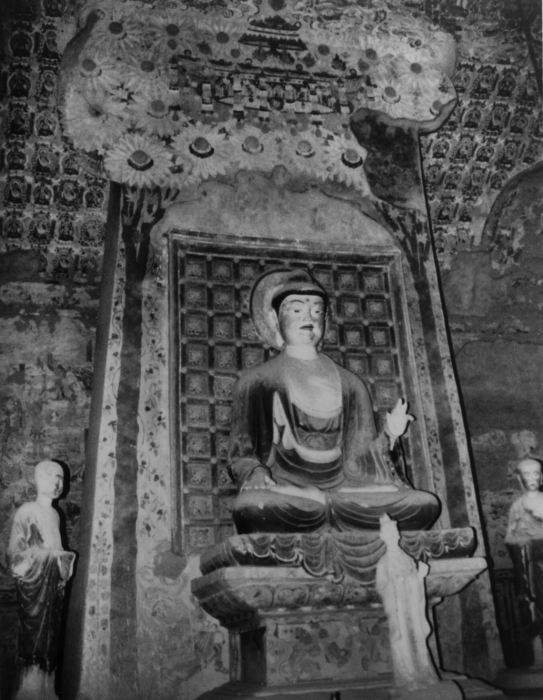


The Mogao Grottoes consist of 492 caves carved into a cliffside near Dunhuang, China. The caves contain hundreds of Buddhist wall paintings and painted sculptures dating back to the 4th century A.D. As the site became a more popular tourist attraction in the 1980s, there was a need to determine the impact of tourism on the paintings and sculptures. To this end, environmental monitoring stations were installed in six of the caves in 1990. The stations monitor air temperature, relative humidity, surface temperature, indoor and outdoor particulate matter, carbon dioxide, visitor count, and duration of visit. A weather station was installed on the top of the cliff to collect baseline data. (See Case Study document for more detail.)
Case Study Summary
Application
Monitoring the impact of visitors on the preservation of the Mogao GrottoesLocation
near Dunhuang, ChinaProducts Used
CR10Participating Organizations
Getty Conservation Institute, Dunhuang Academy, State Bureau of Cultural Relics of ChinaMeasured Parameters
Relative humidity, air temperature, surface temperature, carbon dioxide, indoor and outdoor particulates, visitor count and durationView the PDF